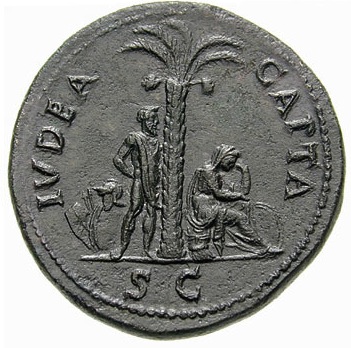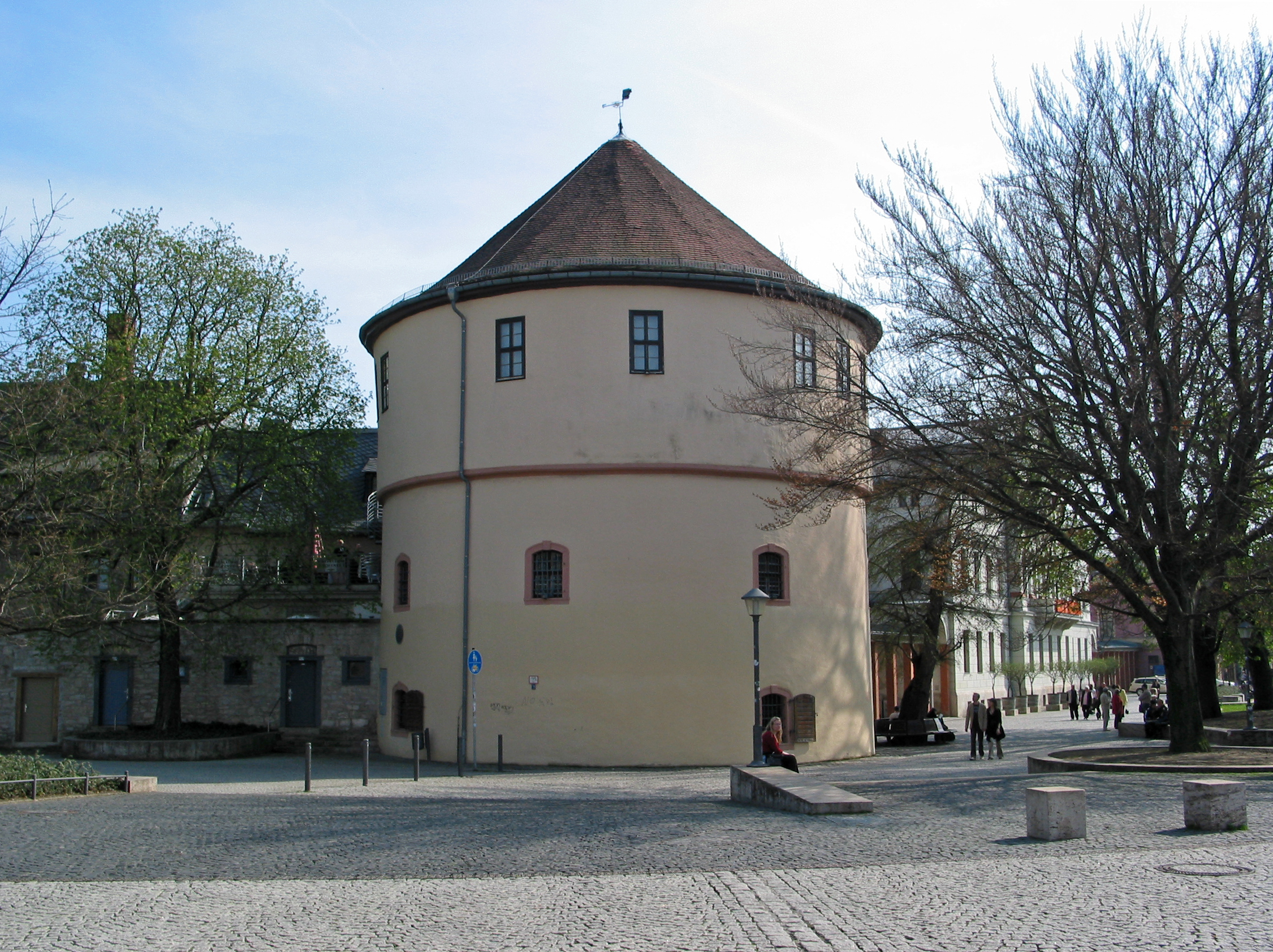|
Lucy Ortlepp
upLucy Ortlepp's home in 2014 upstumbling-stone dedicated to Lucy Ortlepp Lucy Ortlepp (born Lucy Bock 2 February 1883 in Neubrandenburg, died 30 August 1943 in Auschwitz-Birkenau concentration camp) was a German painter of Jewish descent. Life Lucy Bock was the daughter of a wealthy merchant. She did not receive regular admission to a university at the beginning of the 20th century; such admission was not usually granted to women at the time. At the age of 16, she moved to Berlin to join the '' Association of Berlin Women Artists'', which was self-organised by women, and began studying art and painting privately. Two years later, she completed her training as a drawing teacher. She then undertook study trips to Switzerland, Italy and England. When she returned to Berlin, she continued her studies with Lovis Corinth. She was primarily interested in portraits and still lifes and used pencil, chalk, red chalk and watercolours. It was probably in Berlin that she met the budding ... [...More Info...] [...Related Items...] OR: [Wikipedia] [Google] [Baidu] |
1883 Births
Events January * January 4 – ''Life (magazine), Life'' magazine is founded in Los Angeles, California, United States. * January 10 – A Newhall House Hotel Fire, fire at the Newhall Hotel in Milwaukee, Wisconsin, United States, kills 73 people. * January 16 – The Pendleton Civil Service Reform Act, establishing the United States civil service, is passed. * January 19 – The first electric lighting system employing overhead wires begins service in Roselle, New Jersey, United States, installed by Thomas Edison. February * February 15 – Tokyo Electrical Lightning Grid, predecessor of Tokyo Electrical Power (TEPCO), one of the largest electrical grids in Asia and the world, is founded in Japan. * February 16 – The ''Ladies' Home Journal'' is published for the first time, in the United States. * February 23 – Alabama becomes the first U.S. state to enact an Competition law, antitrust law. * February 28 – The first vaudeville th ... [...More Info...] [...Related Items...] OR: [Wikipedia] [Google] [Baidu] |
Jewish Painters
Jews (, , ), or the Jewish people, are an ethnoreligious group and nation, originating from the Israelites of History of ancient Israel and Judah, ancient Israel and Judah. They also traditionally adhere to Judaism. Jewish ethnicity, religion, and community are highly interrelated, as Judaism is their ethnic religion, though it is not practiced by all ethnic Jews. Despite this, religious Jews regard Gerim, converts to Judaism as members of the Jewish nation, pursuant to the Conversion to Judaism, long-standing conversion process. The Israelites emerged from the pre-existing Canaanite peoples to establish Kingdom of Israel (Samaria), Israel and Kingdom of Judah, Judah in the Southern Levant during the Iron Age.John Day (Old Testament scholar), John Day (2005), ''In Search of Pre-Exilic Israel'', Bloomsbury Publishing, pp. 47.5 [48] 'In this sense, the emergence of ancient Israel is viewed not as the cause of the demise of Canaanite culture but as its upshot'. Originally, ... [...More Info...] [...Related Items...] OR: [Wikipedia] [Google] [Baidu] |
Jewish Women Painters
Jews (, , ), or the Jewish people, are an ethnoreligious group and nation, originating from the Israelites of ancient Israel and Judah. They also traditionally adhere to Judaism. Jewish ethnicity, religion, and community are highly interrelated, as Judaism is their ethnic religion, though it is not practiced by all ethnic Jews. Despite this, religious Jews regard converts to Judaism as members of the Jewish nation, pursuant to the long-standing conversion process. The Israelites emerged from the pre-existing Canaanite peoples to establish Israel and Judah in the Southern Levant during the Iron Age. John Day (2005), ''In Search of Pre-Exilic Israel'', Bloomsbury Publishing, pp. 47.5 8'In this sense, the emergence of ancient Israel is viewed not as the cause of the demise of Canaanite culture but as its upshot'. Originally, Jews referred to the inhabitants of the kingdom of JudahCf. Marcus Jastrow's ''Dictionary of the Targumim, Talmud Babli, Talmud Yerushalmi and Midr ... [...More Info...] [...Related Items...] OR: [Wikipedia] [Google] [Baidu] |
Sebastian Krumbiegel
Sebastian Krumbiegel (born 5 June 1966) is a German singer and musician. He is a member of the band Die Prinzen. Born in Leipzig, from 1976 to 1985 Krumbiegel attended the Thomasschule zu Leipzig where he took the Abitur examination in 1985. In 1981 he founded the rockband "Phoenix" together with his classmate Wolfgang Lenk. Whilst serving in the NVA (1985–1987) Krumbiegel was the singer of the band "Rockpol". Between 1987 and 1991 Krumbiegel attended the University of Music and Theatre Leipzig. During this time he founded the band called "Die Herzbuben". Members were Wolfgang Lenk, Jens Sembdner and Henri Schmidt. Tobias Künzel joined the band in 1991. It was at this time that they changed the name of the band, calling themselves "Die Prinzen". In 1998 Krumbiegel founded the "Club Geheimrat" and released his first solo CD called "Krumbiegel – Kamma mache nix". In 2004 Krumbiegel's second solo album "Geradeaus abgebogen" was released. In 2005 Krumbiegel played the part ... [...More Info...] [...Related Items...] OR: [Wikipedia] [Google] [Baidu] |
Stolperstein
A (; plural ) is a concrete cube bearing a brass plate inscribed with the name and life dates of victims of Nazi extermination or persecution. Literal translation, Literally, it means 'stumbling stone' and metaphorically 'stumbling block'. The project, initiated by the German artist Gunter Demnig in 1992, aims to commemorate persons at the last place that they chose freely to reside, work or study (with exceptions possible on a case-by-case basis) before they fell victim to Nazi terror, Aktion T4, forced euthanasia, Nazi eugenics, eugenics, deportation to a Nazi concentration camp, concentration or extermination camp, or escaped persecution by emigration or suicide. , 100,000 have been laid, making the project the world's largest decentralized memorial. The majority of commemorate Jewish victims of the Holocaust. Others have been placed for Sinti#The Holocaust, Sinti and Porajmos, Romani people (then also called "gypsies"), The Holocaust in Poland, Poles, Persecution o ... [...More Info...] [...Related Items...] OR: [Wikipedia] [Google] [Baidu] |
Bauhaus
The Staatliches Bauhaus (), commonly known as the , was a German art school operational from 1919 to 1933 that combined Decorative arts, crafts and the fine arts.Oxford Dictionary of Art and Artists (Oxford: Oxford University Press, 4th edn., 2009), , pp. 64–66 The school became famous for its approach to design, which attempted to unify individual artistic vision with the principles of mass production and emphasis on form follows function, function. The Bauhaus was founded by architect Walter Gropius in Weimar. It was grounded in the idea of creating a ''Gesamtkunstwerk'' ("comprehensive artwork") in which all the arts would eventually be brought together. The Bauhaus style later became one of the most influential currents in modern design, Modern architecture, modernist architecture, and architectural education. The Bauhaus movement had a profound influence on subsequent developments in art, architecture, graphic design, interior design, industrial design, and typography. ... [...More Info...] [...Related Items...] OR: [Wikipedia] [Google] [Baidu] |
Haus Trettner
Haus is a Germanic word meaning ''house''. It may refer to: People * Anton Haus (1851–1917), Austrian grand admiral, fleet commander of the Austro-Hungarian Navy in World War I * Georg Haus (1895–1945), German general * Hermann A. Haus (1925–2003), Slovene-American physicist, electrical engineer and Institute Professor at the Massachusetts Institute of Technology * Jacques-Joseph Haus (1796–1881), Belgian lawyer and professor * Julie Haus (b. 1973), American fashion designer * Knut Haus (1915–2006), Norwegian politician * Samuel Haus (born 1990), Swedish actor Places * Haus, Norway, a former municipality in Hordaland county, Norway * Haus or Hausvik, a village in Osterøy municipality in Vestland county, Norway ** Haus Church, parish church in Hausvik * Haus im Ennstal, city in Styria, Austria Buildings * Haus am Horn, historic home in Weimar, Germany * Haus Auensee, concert hall in Leipzig, Germany * Haus Bamenohl, castle in North Rhine-Wes ... [...More Info...] [...Related Items...] OR: [Wikipedia] [Google] [Baidu] |
Lucy Ortlepp Stolperstein In Weimar, Thüringen
Lucy is an English feminine given name derived from the Latin masculine given name Lucius with the meaning ''as of light'' (''born at dawn or daylight'', maybe also ''shiny'', or ''of light complexion''). Alternative spellings are Luci, Luce, Lucie, Lucia, and Luzia. The English Lucy surname is taken from the Norman language that was Latin-based and derives from place names in Normandy based on the Latin male personal name Lucius. It was transmitted to England after the Norman Conquest in the 11th century (see also De Lucy). Feminine name variants *Luíseach ( Irish) *Lusine, Լուսինե, Լուսինէ (Armenian) *Lucija, Луција (Serbian) *Lucy, Люси ( Bulgarian) *Lutsi, Луци (Macedonian) *Lutsija, Луција (Macedonian) *Liùsaidh (Scottish Gaelic) *Liucija (Lithuanian) *Liucilė (Lithuanian) *Lūcija, Lūsija ( Latvian) *Lleucu (Welsh) *Llúcia ( Catalan) *Loukia, Λουκία (Greek) *Luca ( Hungarian) *Luce (French, Italian) *Lucetta (English) *Lucet ... [...More Info...] [...Related Items...] OR: [Wikipedia] [Google] [Baidu] |
Weimar
Weimar is a city in the state (Germany), German state of Thuringia, in Central Germany (cultural area), Central Germany between Erfurt to the west and Jena to the east, southwest of Leipzig, north of Nuremberg and west of Dresden. Together with the neighbouring cities of Erfurt and Jena, it forms the central metropolitan area of Thuringia, with approximately 500,000 inhabitants. The city itself has a population of 65,000. Weimar is well known because of its cultural heritage and importance in German history. The city was a focal point of the German Enlightenment and home of the leading literary figures of Weimar Classicism, Johann Wolfgang von Goethe and Friedrich Schiller. In the 19th century, composers such as Franz Liszt made Weimar a music centre. Later, artists and architects including Henry van de Velde, Wassily Kandinsky, Paul Klee, Lyonel Feininger, and Walter Gropius came to the city and founded the Bauhaus movement, the most important German design school of the int ... [...More Info...] [...Related Items...] OR: [Wikipedia] [Google] [Baidu] |



